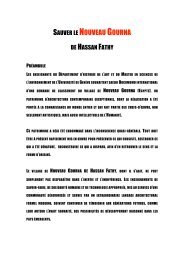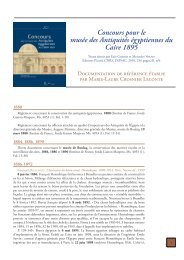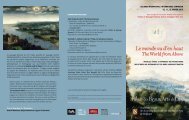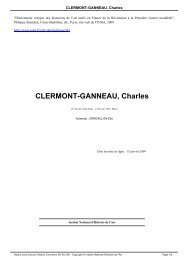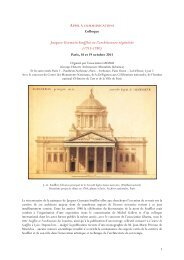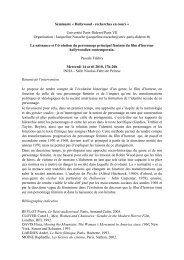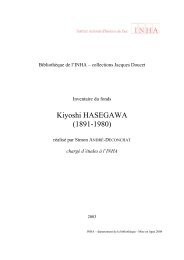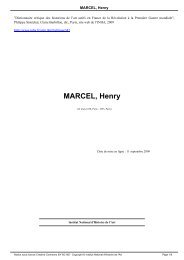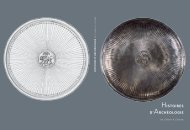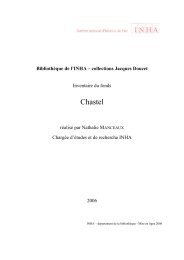You also want an ePaper? Increase the reach of your titles
YUMPU automatically turns print PDFs into web optimized ePapers that Google loves.
from the pharaonic sites. The Gournis opposed a strong resistance to this displacement.<br />
Recently, more than half a century later, they have been constrained by force to leave their<br />
houses in Old <strong>Gourna</strong> destroyed by bulldozers.<br />
This project meant for the modest Egyptian peasantry should be put in parallel with the research<br />
of the modern European architects of the inter-war period: whether in the domain of social<br />
housing for the working-class (Britz or Siemensstadt in Berlin by H. Sharoun, W. Gropius, B.<br />
Taut or the Kiefhook housing project in Rotterdam by J.J.P. Oud) or in the field of modelvillages<br />
of the Reconstruction which are starting to be seriously studied (Bousquel in France by<br />
Bossu and projects by Thomas Sharp in Great-Britain).<br />
Before planning anything, Hassan Fathy analyzes the existing situation. Indeed, he tries to<br />
improve the sanitary facilities and enhance the living conditions of the Gournis fellahs while<br />
preserving their cultural traditions. In order to build a new village that can answer the needs and<br />
customs of the inhabitants, he carries out a meticulous ethnographic approach by observing the<br />
functioning of Old <strong>Gourna</strong>. He studies the family (badana) and social structure of the clans or<br />
tribes and the way of life of the Gournis. These observations will dictate the principles<br />
underlying village-planning.<br />
Hassan Fathy also analyses the lucrative activities of the Gournis: in addition to land cultivation<br />
which provides them with insufficient resources are the licit income from native crafts and the<br />
illicit one from the fraudulent commerce of antiquities. This will favour his idea towards<br />
promoting a large variety of native crafts in the new village by perpetrating existing local<br />
traditions and reintroducing ancestral know-how.<br />
In his search for low-cost building solutions, Hassan Fathy uses the technology of raw earth<br />
which he has already experimented successfully in many circumstances. The material is costless<br />
and requires a technique that the Nubians still master. He wishes to hand this knowledge over to<br />
the Gournis to enable them to build their own houses themselves without the need of an<br />
architect. This self-help system would guarantee the durability of the village because it could<br />
develop in a sustainable way without an architect or professional mason, which the Gournis<br />
cannot afford. This pilot-project was to serve as a model for the construction of other low-cost<br />
villages in the poor rural areas of Egypt.<br />
<strong>New</strong> <strong>Gourna</strong>: An Exceptional Realization<br />
The site of <strong>Gourna</strong> is located on the western bank of the Nile at the level of Luxor with which it<br />
makes up Ancient Thebes. The western bank shelters the pharaoh’s necropolises (the Valley of<br />
the Kings, the Valley of the Queens and the Tombs of the Nobles), which number among the<br />
4



